The automotive industry is no longer predictable
Most global manufacturers had a range of cars – small, medium and large. A new model was introduced every seven years and was incrementally better than before. In the meantime, every three-and-a-half years, or so, it would be given a mild facelift.
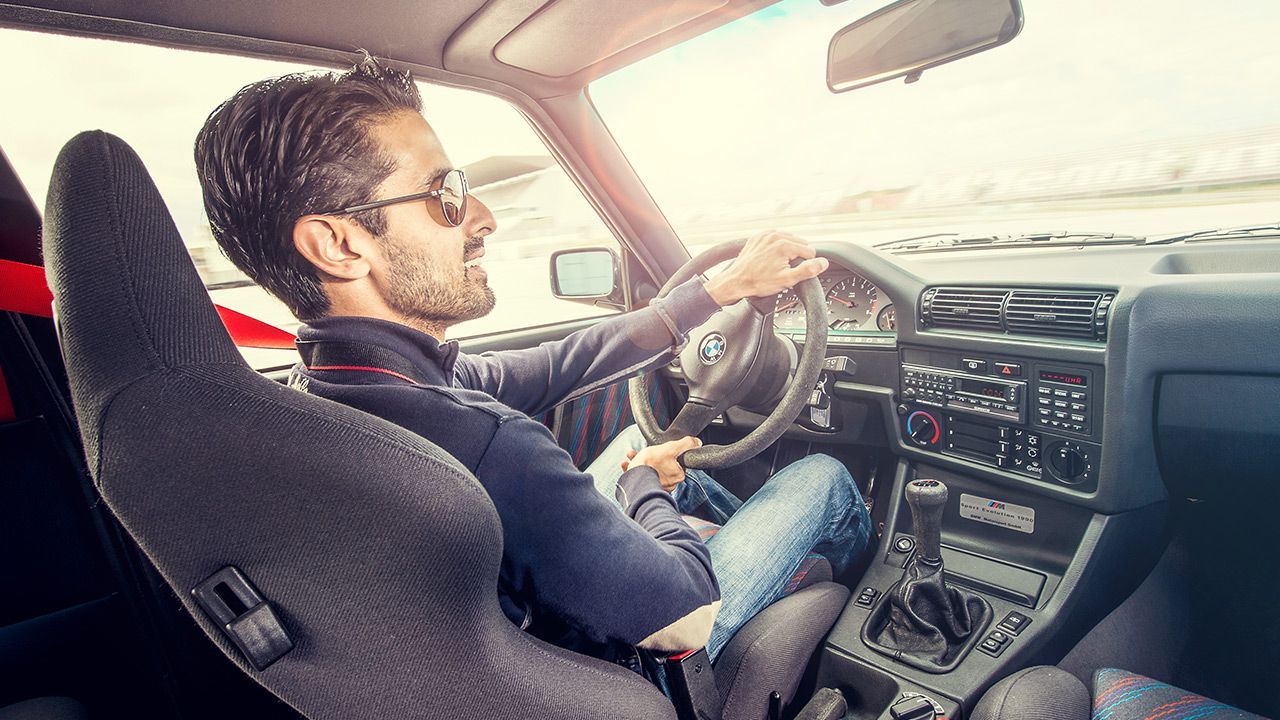
Until not too long ago, the automotive industry was predictable. Not so much anymore…
Most global manufacturers had a range of cars – small, medium and large. A new model was introduced every seven years and was incrementally better than before. In the meantime, every three-and-a-half years, or so, it would be given a mild facelift. And while the competition was fierce, you didn’t exactly have to reinvent the wheel with each new model.
Then came the SUVs, four-door sports cars, SUV coupes, and pretty much any body style that a designer could conjure up to give a carmaker the jump on a new niche sub-segment with the potential to attract a few adventurous buyers. And, over the years, the regulations have gotten ever more stringent. Nonetheless, the cars of today are the safest, most advanced and most efficient that we’ve ever had – not to mention the fastest. Such is the nature of progress. Darwin would be pleased.
But then the diesel scandal exploded (or imploded I should say), and an upstart North American electric vehicle manufacturer was perfectly poised to take advantage of it. Meanwhile, Uber and Ola want to change the way we commute, and now the tech giants want a piece of the action and would like to replace the driver altogether.
Of course, such shake-ups do have their benefits. Hyundai and MG (now Chinese-owned and new to India) are launching India’s first connected cars – SUVs with SIM cards built-in – ensuring that the vehicles are always connected.
In the predictable automotive world that I described in the first paragraph, new technology such as this was introduced in the luxury cars of the day – before it filtered down to their lowly, mass-market brethren in a measured manner. The pace of proliferation determined by the economies of scale. Now, however, we have new and cutting-edge technologies hitting the market for the first time in a couple of relatively entry-level compact SUVs. Darwin would be perplexed!
The beneficiary of all this, of course, is that the Indian consumer gets to jump to the front of the line. The luxury carmakers in India, meanwhile, are left scratching their heads and wondering how best to catch up. After all, if my MG can show me the weather forecast but not my S-Class, tell me again why one costs as much as an entire fleet of the other?
The buzzwords now are IOT and big data, and everyone better get on board – at terabytes per second rather than Kbps. In fact, Hyundai recently issued an ad that said they were once a ‘car company,’ but is now transforming into a ‘smart mobility solutions provider.’ And to that end, they’ve recently invested $300 million (USD) in ride-hailing start-up (now giant) Ola and $90 million in EV hyper-car start-up Rimac.
Car manufacturing is so yesterday. Smart mobility solutions, that’s the future… but someone still has to make the cars, don’t they?
Also read - Auto execs are having nightmares about the future
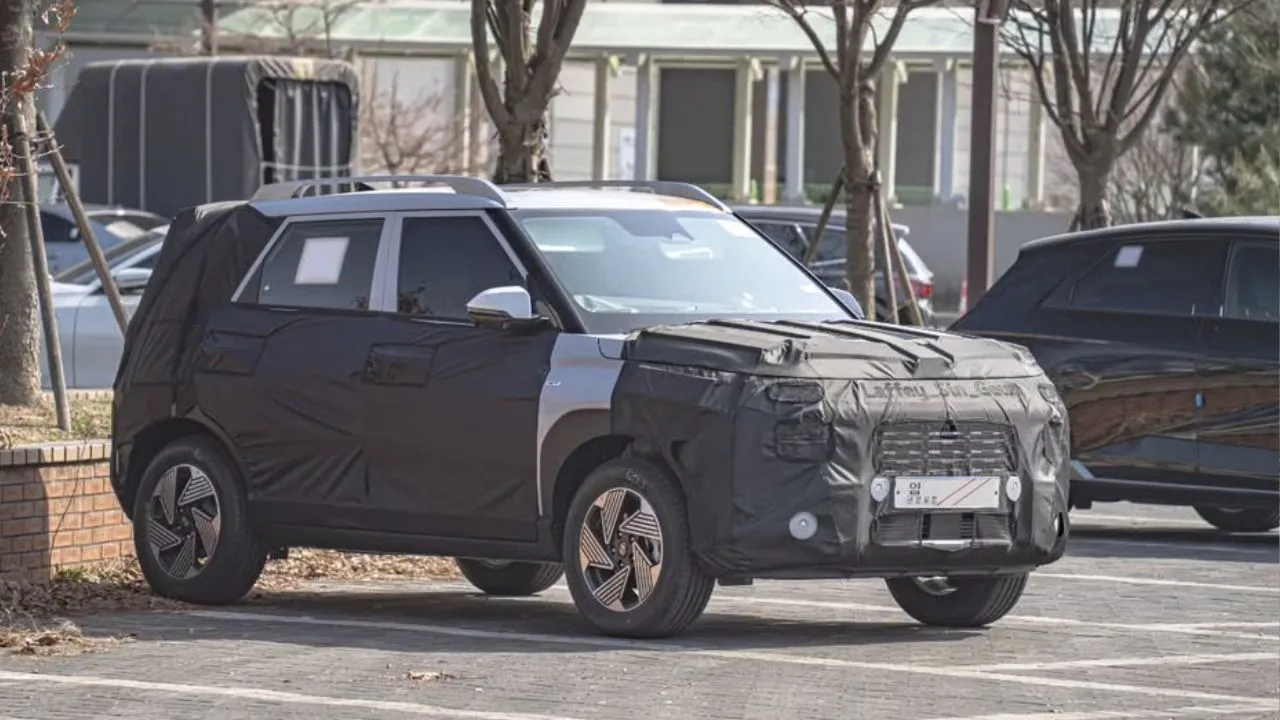

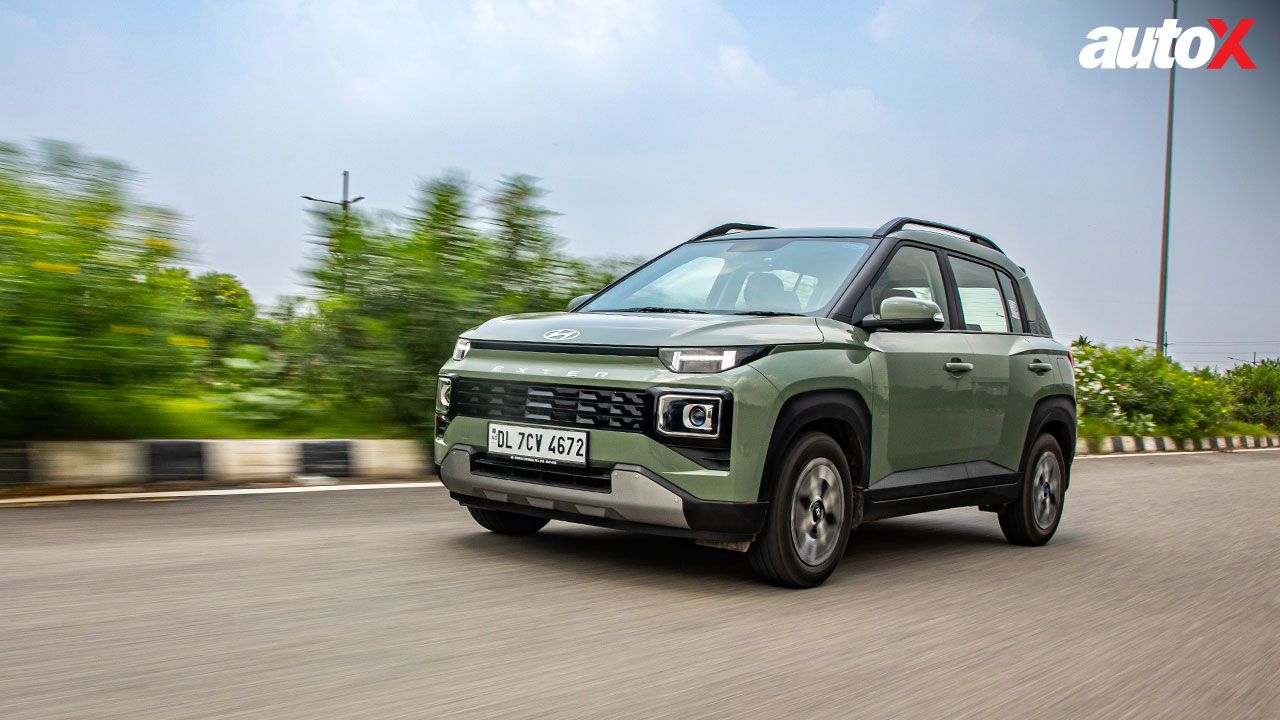
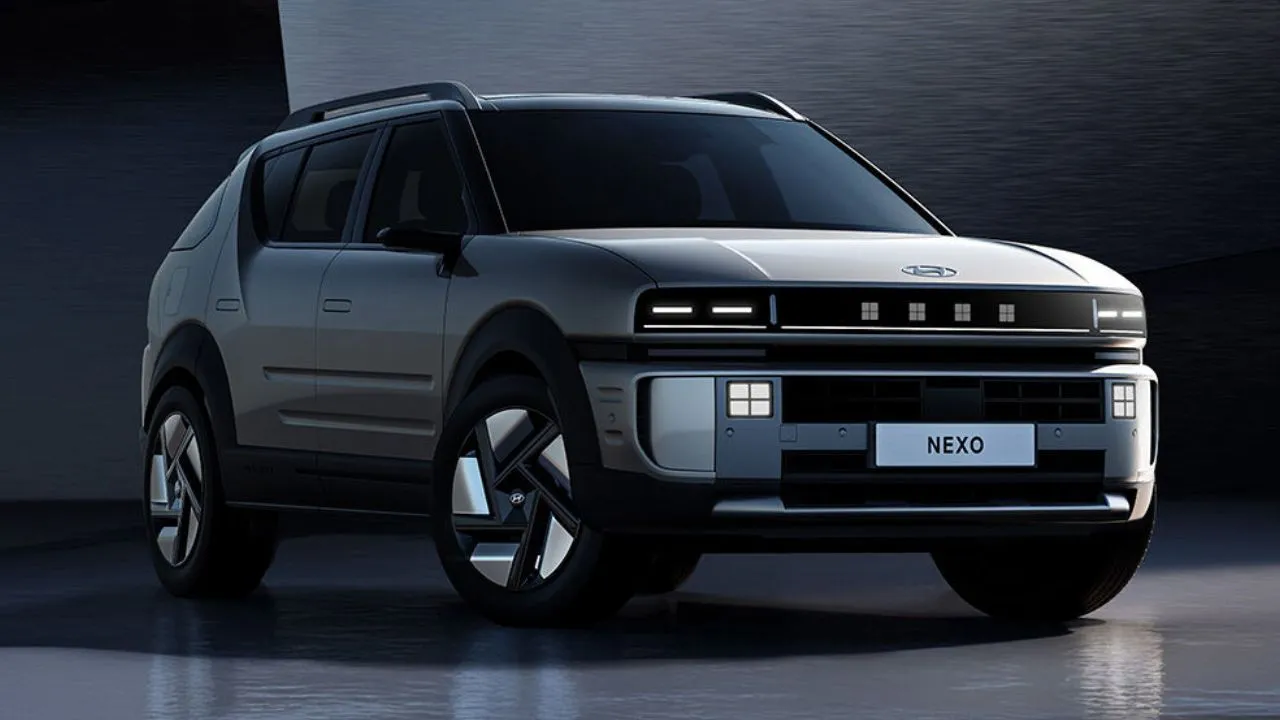

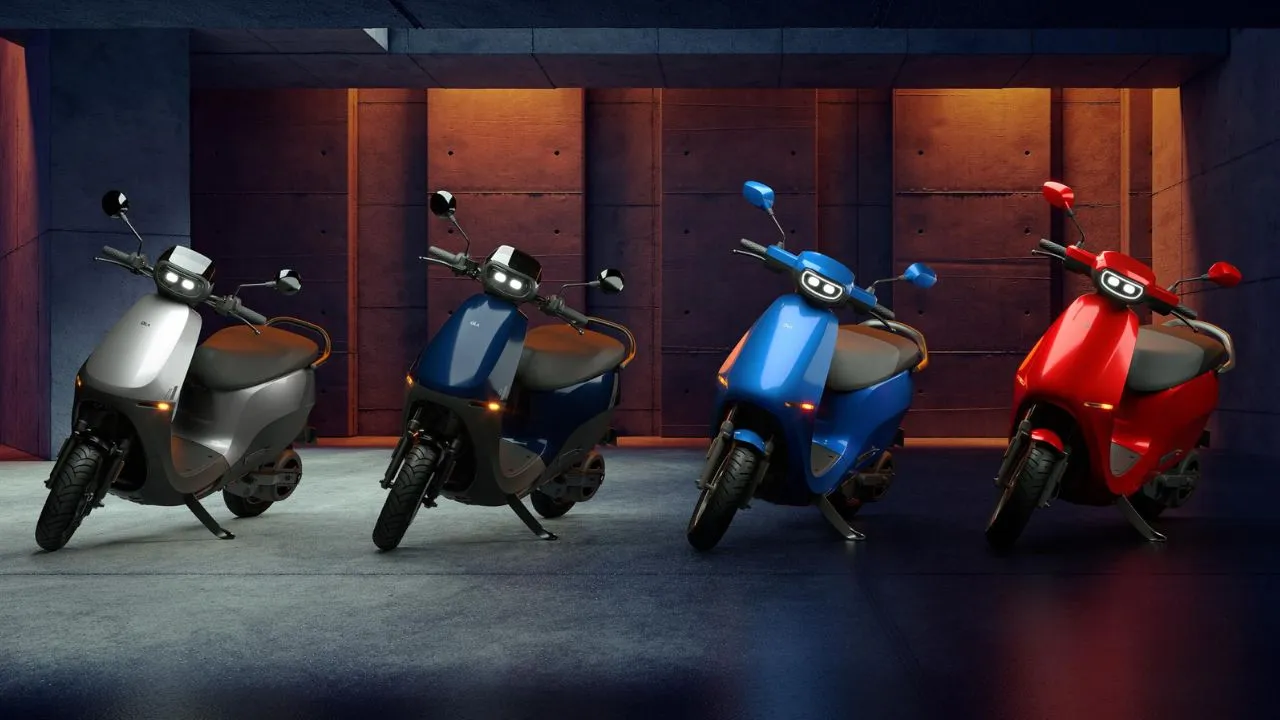

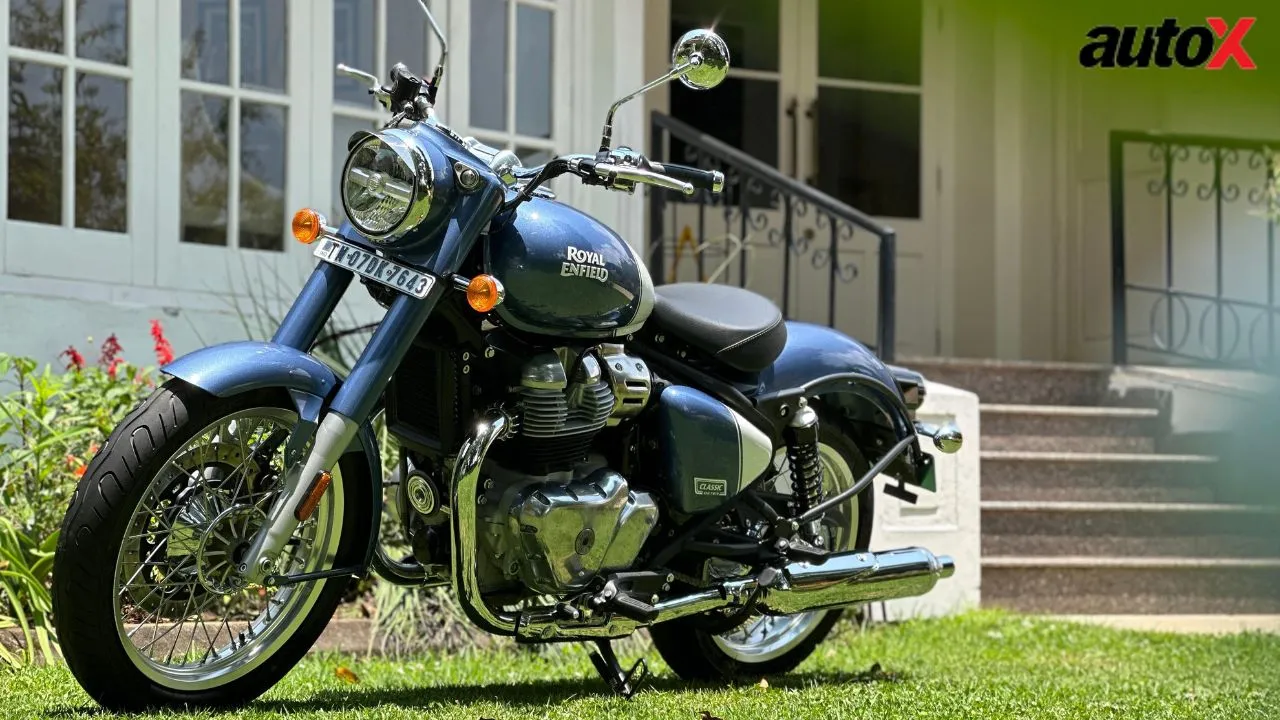
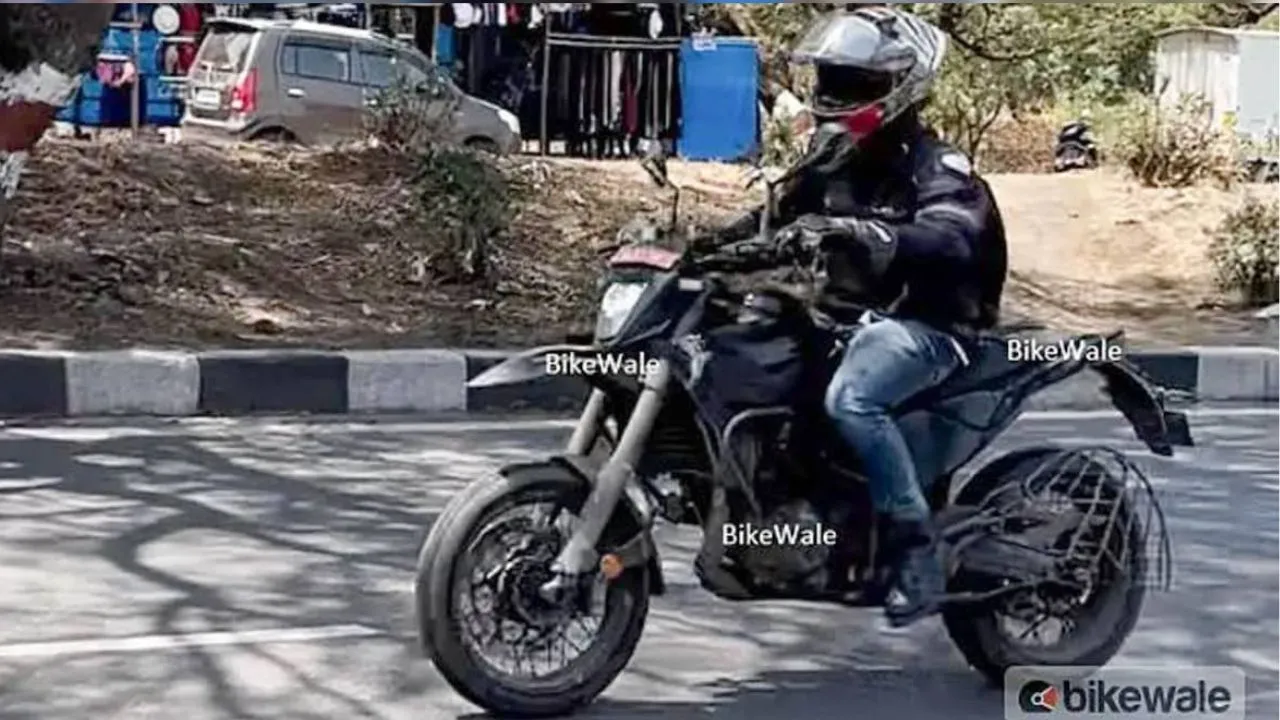
-(1).webp)



















Write your Comment on